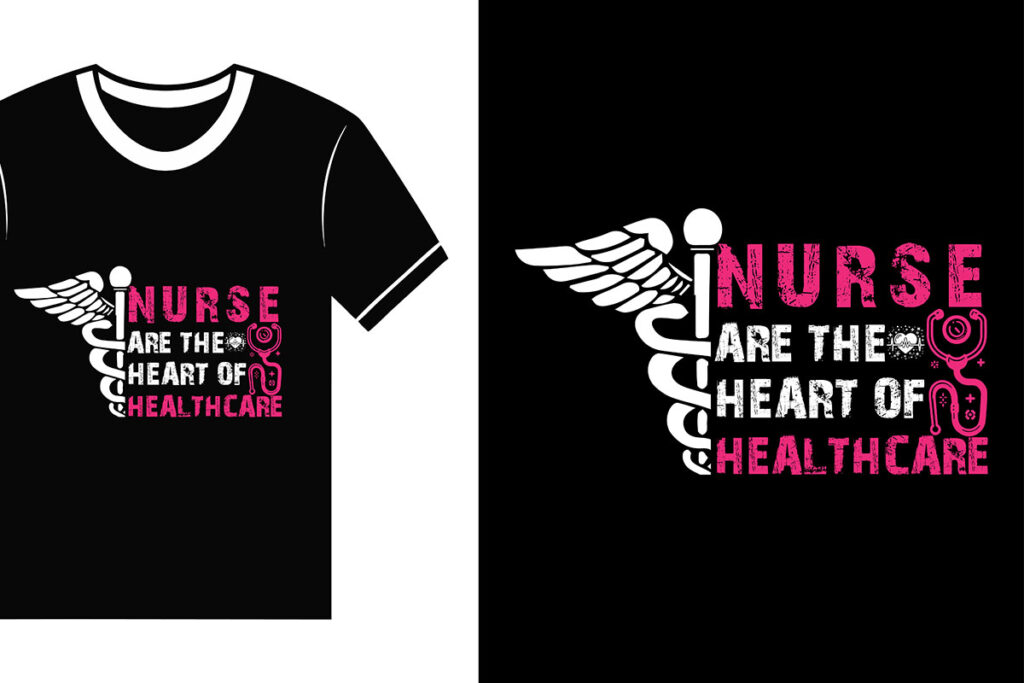When navigating the complex world of DTF printing, avoiding common mistakes when choosing DTF supplies is crucial for achieving vibrant and lasting prints. Many newcomers underestimate the importance of high-quality DTF inks and films, opting for cheaper alternatives that can lead to frustrating results. These choices may seem cost-effective at first, but they can result in prints that are dull, prone to peeling, or fade quickly. To enhance your DTF printing experience, it’s essential to focus on the quality of your supplies while being mindful of DTF printer supplies that ensure efficient operation. By incorporating DTF printing tips and recognizing the significance of DTF film quality, you can steer clear of potential pitfalls and elevate your printing standards with ease.
In the realm of Direct-to-Film printing, selecting appropriate materials and components is fundamental for both novice and experienced printers. The process of DTF involves intricate decisions about materials, which can ultimately impact the quality and durability of your prints. Many amateur printers often confuse the nuances of high-quality inks and the right film types, inadvertently jeopardizing their results. This guide will shed light on the various aspects of DTF supplies, providing insight on how to avoid DTF printing errors and make informed choices. By approaching DTF supply selection with clarity and understanding, you can enhance your printing projects significantly.
Understanding DTF Printing Essentials
Direct-to-Film (DTF) printing is becoming increasingly popular due to its versatility and cost-effectiveness. To get started on the right foot, understanding the basics of DTF printing supplies is crucial. Key components such as high-quality DTF inks, suitable films, and reliable printers play a significant role in determining the final output of your prints. Familiarizing yourself with the various types of inks and films will help you make informed decisions that align with your specific printing needs.
Moreover, each element in the DTF process contributes to the overall print quality. When using high-quality DTF inks combined with compatible substrates, it’s possible to achieve vivid colors, excellent adhesion, and durability. As you explore DTF printing, consider investing time in learning about the best practices and materials that can elevate your work and prevent costly mistakes in the future.
Frequently Asked Questions
What are the most common mistakes when choosing DTF supplies?
One of the most common mistakes is choosing low-quality DTF supplies, such as subpar inks and films, which can lead to dull prints or quick fading. Additionally, inadequate preparation for use, ignoring film quality, and not considering ink compatibility can compromise your printing outcomes.
How does low-quality DTF ink affect print results?
Using low-quality DTF inks can severely impact your print quality, leading to designs that lack vibrancy and exhibit poor adhesion. High-quality DTF inks are essential for achieving vibrant colors and long-lasting prints, so it’s crucial to invest in reliable products.
What should I consider when selecting DTF film quality?
When choosing DTF film quality, opt for films specifically designed for DTF printing. High-quality films ensure better transfer quality, clarity, and vibrancy. Avoid low-quality or non-specialized films, as they can result in uneven prints and fading.
Why is it important to check ink compatibility in DTF printing?
Ink compatibility is crucial in DTF printing because using mixed brands or types can lead to issues like clogging and inconsistent color results. Ensuring that your ink is compatible with your printer and transfer medium helps maximize efficiency and print quality.
What are the top tips to avoid DTF printing errors?
To avoid DTF printing errors, prioritize choosing high-quality DTF supplies, prepare your equipment carefully, verify film quality, check ink compatibility, and research thoroughly before making purchases. These steps will enhance your overall printing success.
How does inadequate preparation affect DTF printing?
Inadequate preparation before using DTF supplies can lead to wasted materials and subpar prints. Understanding equipment setup, proper ink mixing, and heat press settings is essential for achieving optimal results and reducing frustration during the printing process.
| Key Point | Common Mistakes | Recommendations |
|---|---|---|
| Quality of Supplies | Choosing low-quality materials can lead to poor print results. | Opt for well-known brands like ACRORIP or CADLINK for vibrant prints. |
| Preparation | Inadequate preparation of equipment can affect print quality. | Thoroughly read manuals and watch tutorials to ensure proper use. |
| Film Quality | Ignoring the importance of film quality leads to unclear prints. | Invest in specialized DTF films to enhance transfer quality. |
| Ink Compatibility | Not considering compatibility can cause printing issues. | Stick to the same brand for inks and media to ensure compatibility. |
| Research Before Purchase | Purchasing without research may lead to unsuitable supplies. | Spend time researching to pick the right materials that fit your needs. |
Summary
Common mistakes choosing DTF supplies can severely impact the quality of your prints and overall satisfaction with the printing process. To avoid these pitfalls, it is essential to prioritize high-quality materials, ensure proper preparation, and select compatible inks and films. By investing time in research and understanding your equipment, you can optimize your DTF printing results. These careful choices will not only enhance the quality of your prints but also lead to a more enjoyable and successful printing experience.



